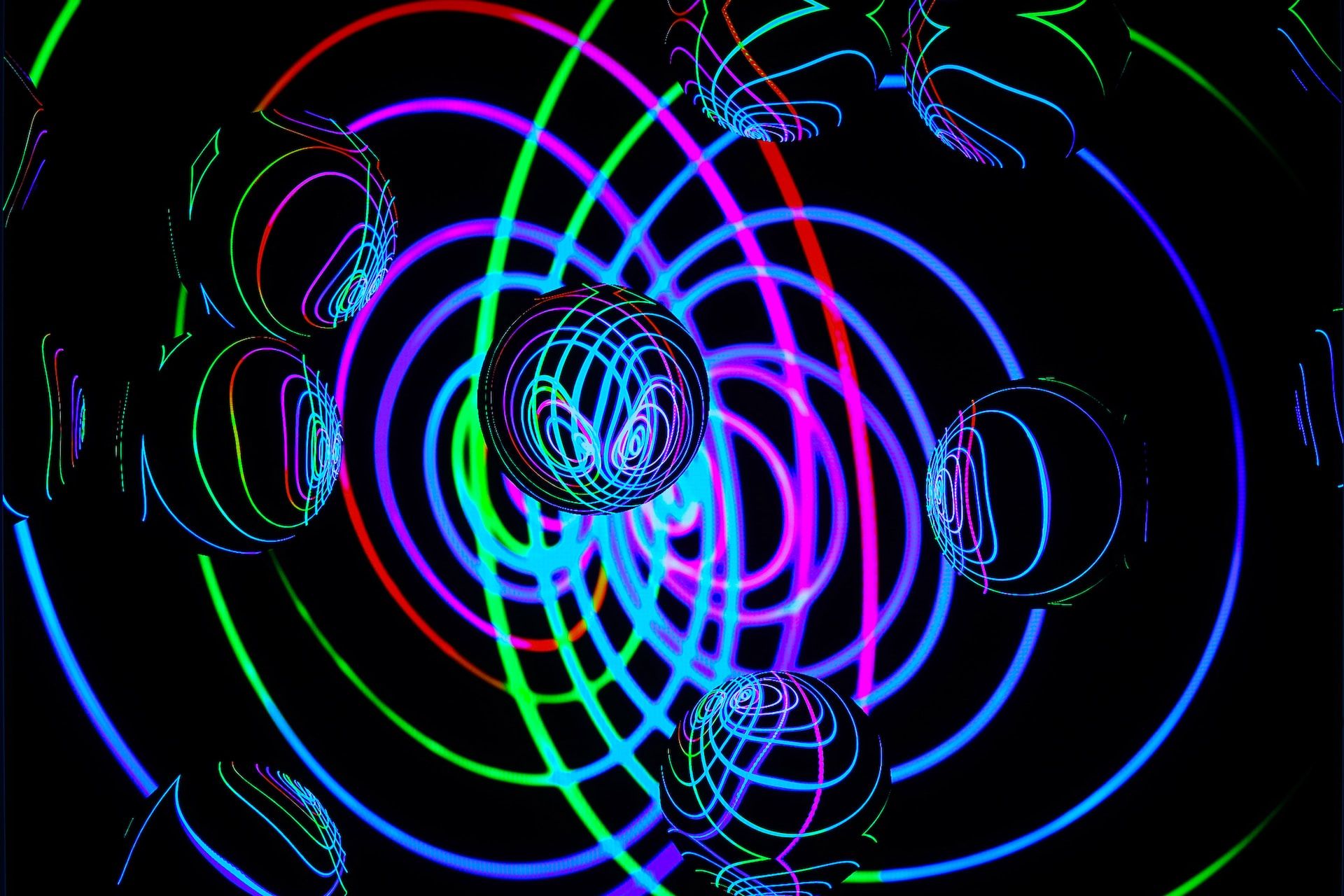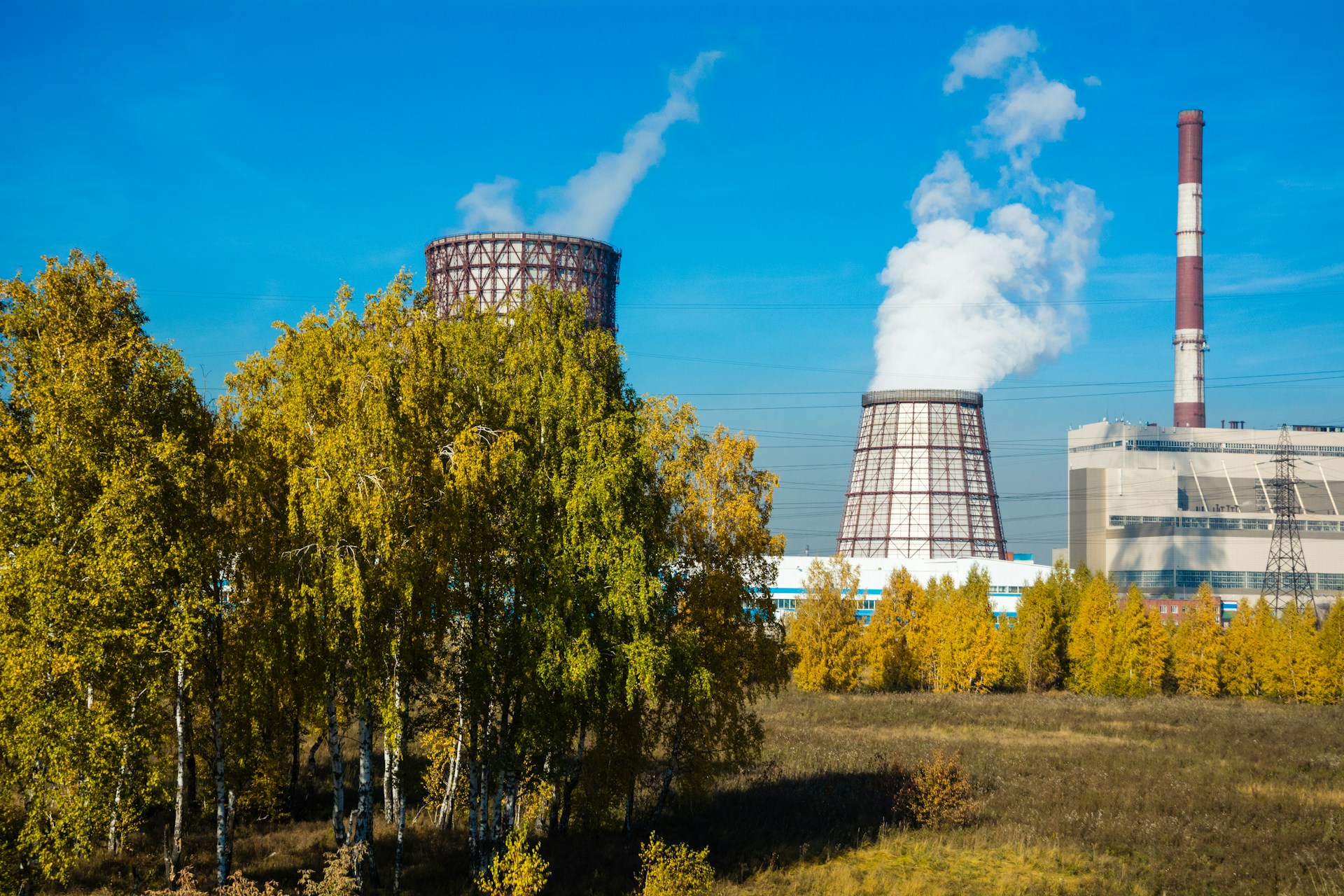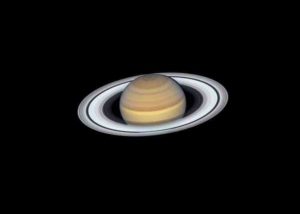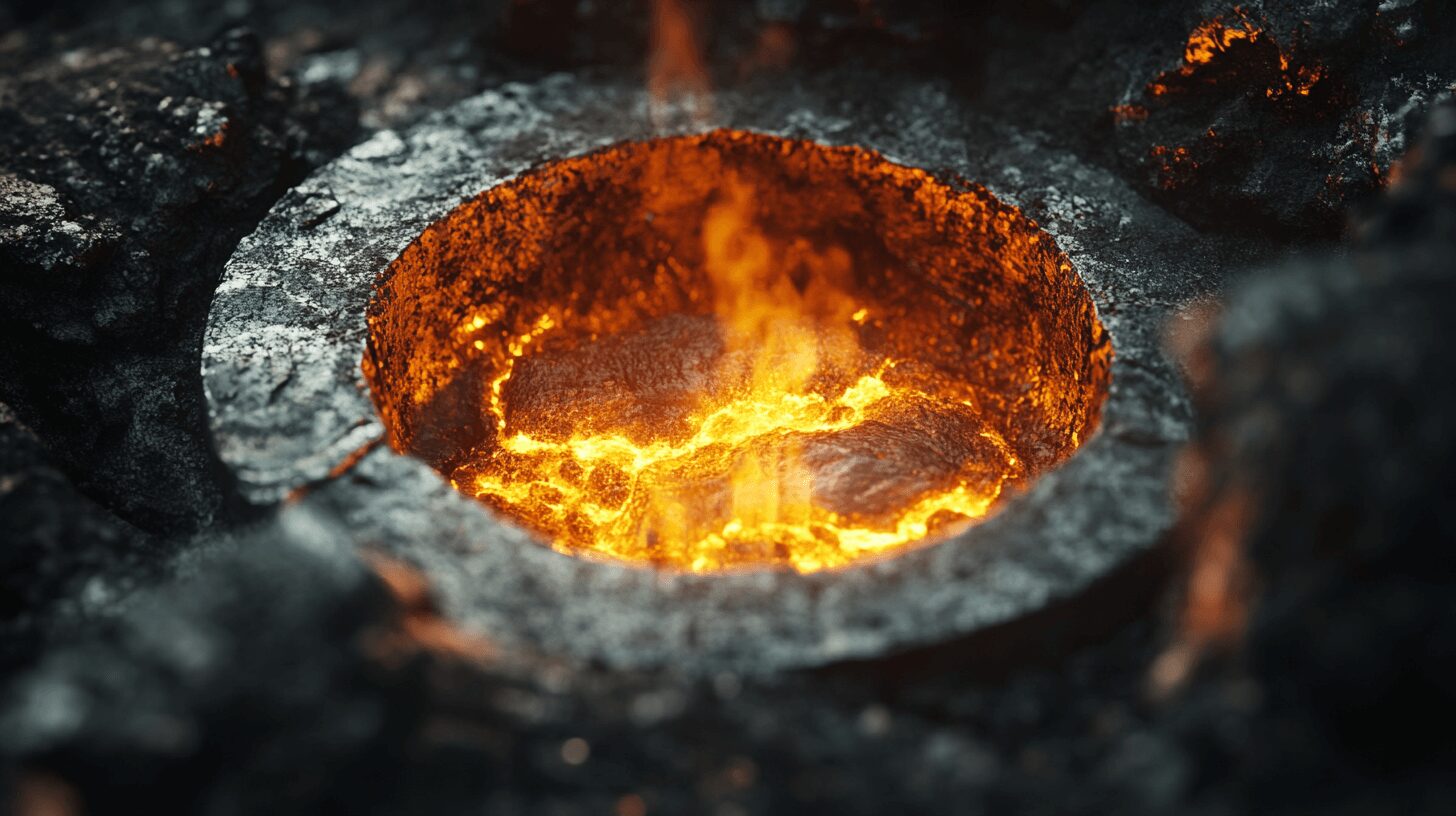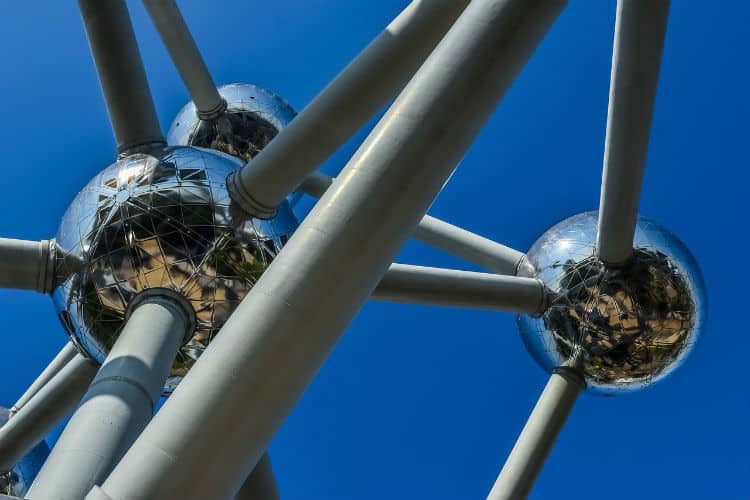
A Deep Dive Into the Atomic Structure
January 3, 2019 - Emily Newton
Revolutionized is reader-supported. When you buy through links on our site, we may earn an affiliate commission. Learn more here.
There’s an old joke that goes like this: Don’t trust atoms — they make up everything. It may be amusing, but it also holds a kernel of truth. Atoms are the building blocks of everything on this planet and in the universe beyond. Let’s take a closer look at the atomic structure and how these tiny compounds that aren’t visible without an electron microscope can be responsible for everything in the universe.
The Parts of the Atom
Most atoms are made up of three parts: electrons, protons and neutrons.
Protons and neutrons make up the center of each atom, known as the nucleus. A nucleus generally consists of a combination of neutrons and protons. Neutrons have no charge, and protons have a positive charge — which reminds us of another joke:
A neutron walks into a bar and orders a drink. He asks the bartender “How much for the drink?” The bartender looks at him and replies, “For you, no charge.”
Electrons orbit the nucleus of the atom and have a negative charge. These particles are 1800 times smaller than the protons and neutrons that make up the nucleus. The negative charge of the electrons attracts the positive charge of the protons, similar to the attraction between the negative and positive poles on a magnet.
There are other particles, as well — such as quarks and neutrinos, also known as subatomic particles — but these aren’t parts of your everyday atom.
The Atomic Structure
The positioning of these individual particles — protons, neutrons and electrons — determines which element you’re looking at when you view the atom. Every element has a combination of these pieces, except for hydrogen. Hydrogen has no neutrons, so when you see an atom of hydrogen, all you’re seeing is a single proton and a single electron.
This positioning of electrons, protons and neutrons is known as the atomic structure. In addition to helping researchers identify elements, it also allows scientists to organize these elements on the periodic table.
Each element is assigned an atomic number that is equal to the number of protons in the nucleus of the atom, as well as the number of electronics orbiting the nucleus. The number of protons and electrons is almost always equal.
Oxygen, for example, has an atomic number of 8, which means it has eight protons in its nucleus and eight electrons in orbit around it. The only time an atom loses or gains an electron is when it combines with another element. Similar elements can swap electrons without combining — for example, two atoms of hydrogen can exchange equal numbers of particles without changing their atomic structure.
Each electron shell that surrounds the nucleus can only hold a certain number of electrons. The first shell can only hold two, with the second holding eight and the third holding 18. If an atom gains an extra electron, we call it a positive ion. If it loses an electron, we call it a negative ion, and both of these states open the door for atoms to bond.
Ionic and Covalent Bonding
Many of the products you use every day are the product of either ionic or covalent bonding. Look at table salt — sodium chloride — for example. Sodium is a highly reactive metal that explodes when it comes in contact with water. Chlorine is a toxic gas. If you put them together, though, they form a condiment that you probably use every day.
Covalent bonds form between two similar non-metals. This type of bond is signified by a sharing of electrons rather than a swap. Methane, an element comprised of one carbon and four hydrogen atoms, is an example of a covalent bond. Carbon’s atomic number is six, meaning it’s got six protons and six electrons. Four of those electrons are shared with the hydrogen that makes up this gas. This molecule remains neutral because none of the atoms lose any of their electrons.
Ionic bonds form between metal and non-metal. Sodium chloride, which we mentioned a moment ago, is a perfect example of an ionic bond — sodium, a metal, bonds with chlorine, a non-metal. Non-metal atoms often exist naturally as negative ions, while metals often exist naturally as positive ions. The two polarities attract one another. With NaCl (the chemical formula for table salt), the negative chlorine atom is missing an electron. Ionic bonding allows the chlorine to take an electron from the positive sodium atom, creating an entirely new material.
The atomic structure makes up everything in our universe, from the smallest grain of sand (SiO2, one atom of silicon and two of oxygen) to the most massive star (hydrogen, helium, carbon, oxygen and other trace elements). The number of protons and electrons categorizes each one of these elements that it has.
Take a look at your favorite element on the periodic table — and if you don’t have a favorite, take the time to pick one! What is it’s atomic number? How many protons and electrons does it have?
And yes, that is a trick question if you chose hydrogen.
Revolutionized is reader-supported. When you buy through links on our site, we may earn an affiliate commission. Learn more here.
Author
Emily Newton
Emily Newton is a technology and industrial journalist and the Editor in Chief of Revolutionized. She manages the sites publishing schedule, SEO optimization and content strategy. Emily enjoys writing and researching articles about how technology is changing every industry. When she isn't working, Emily enjoys playing video games or curling up with a good book.

